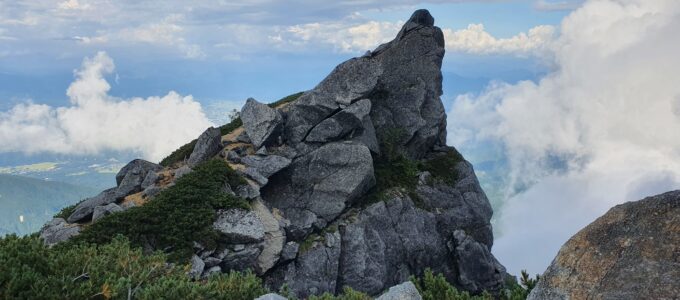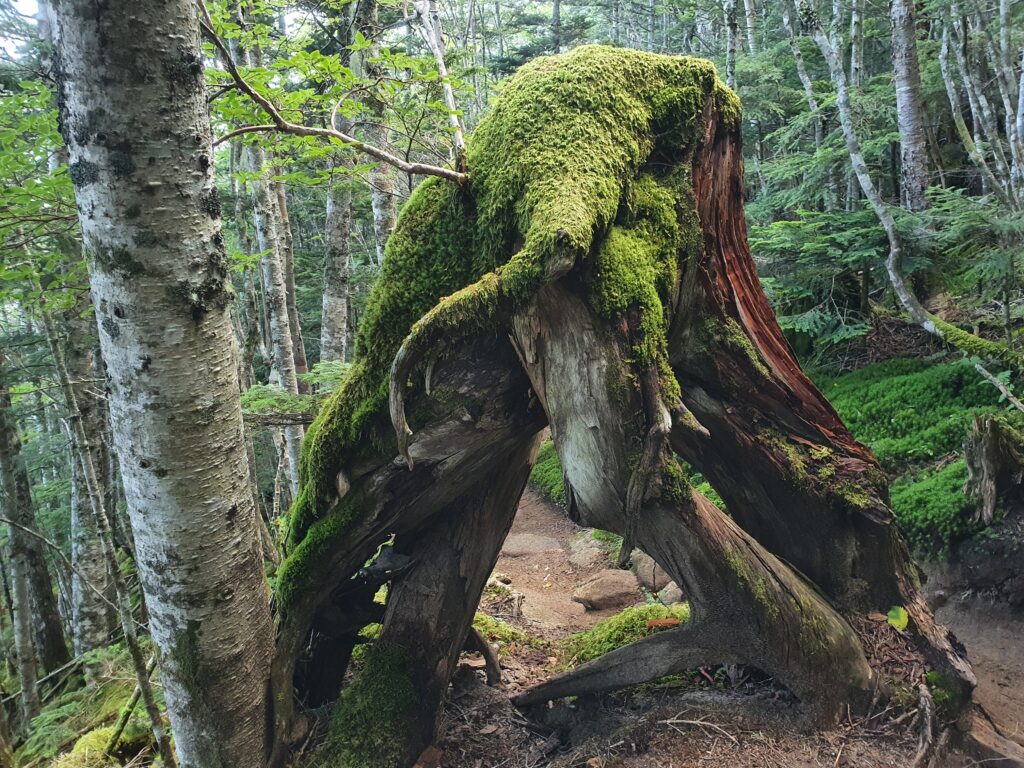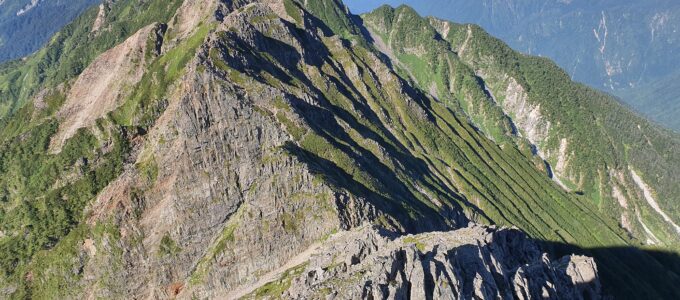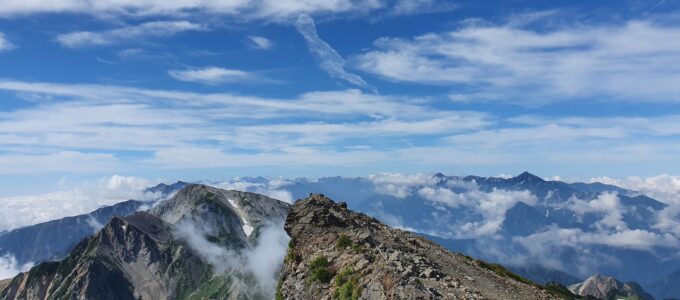Honing your skills on CodeWars or HackerRank is definitely a good idea. I’ve myself spent months on the former and some time on the latter, and right there is a display of my issue with them: I lose interest. At first it’s really nice to tackle a bunch of “interesting” problems and feel successful, but as the difficulty of the problems goes up, it soon turns into “how do I get around the shortcomings of the language I use?”
That’s naturally something worth considering, but it just feels so weird when I have to overcome performance tests aimed at C in Ruby (or Clojure). It’s doable (most of the time), but it’s a whole different kind of measure. I recall a problem for which solutions in C were mostly pretty naive loops while something similar in Ruby would fail even the first few load tests.







